
This year’s Olympics are now in full swing and it’s all eyes on the athletes.
From archery and shooting to athletics and gymnastics, there’s all kind of sports taking place across Paris, France, at the moment.
One fan-favorite sport to watch is the swimming, and this year there’s a whopping 854 athletes from 187 different countries competing.
But there’s a common theme you might have spotted with some of the swimmers and that’s the unusual dark red circles they have on their backs.
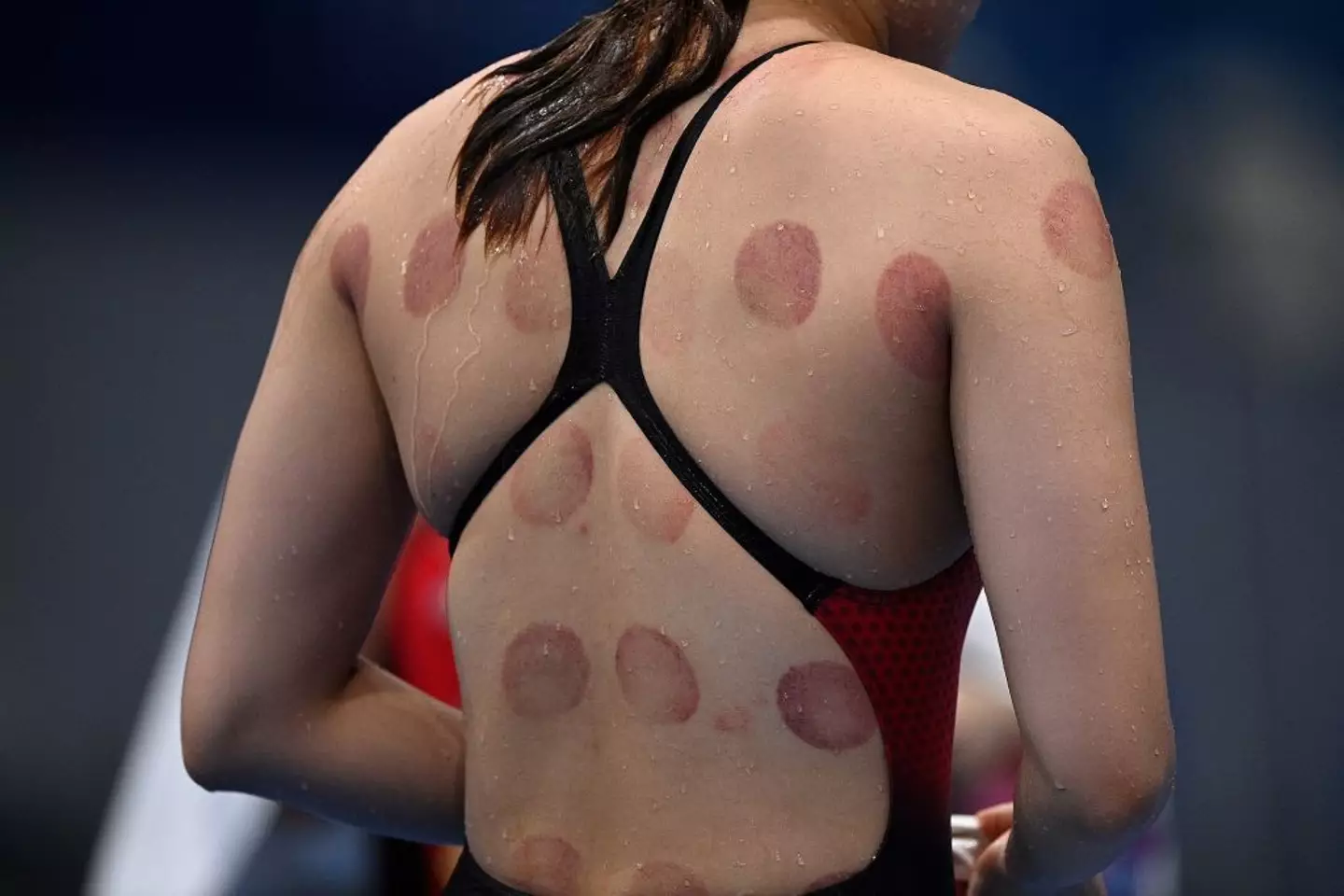
While it might look like they’ve had a fight with an octopus and lost, there’s a very different reason for the odd markings.
It turns out that the large spots are from cupping therapy – an ancient healing technique that involves placing cups on the skin to create suction and increase blood flow to the area.
The unconventional method is supposed to help with muscle recovery and is used as a type of deep tissue massage.
Some athletes were spotted with cupping therapy bruises back at the Rio Olympics in 2016, and it’s still seemingly popular now.
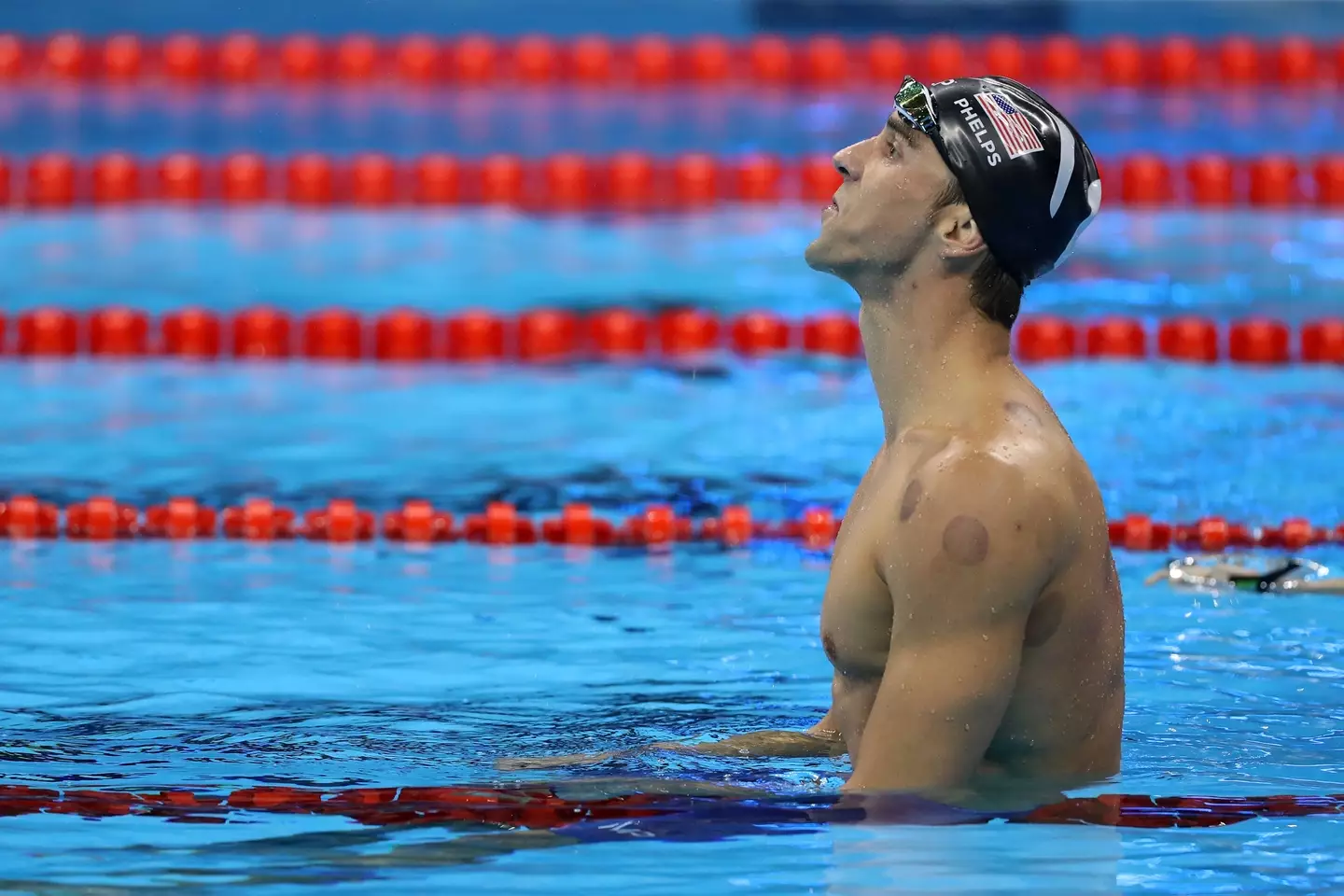
Gymnast Alexander Naddour told USA Today back in 2016 that cupping was supposedly the ‘secret’ to his health.
He added: “It’s been better than any money I’ve spent on anything else.”
Away from the Games, basketball player Kyle Singler has also praised cupping therapy.
“The bruises do look more intense than what they actually feel like, but the benefit from it is really great,” he previously insisted.
Singler continued to tell Sports Illustrated: “You’re not necessarily getting the immediate response that you might want but over time it does help with recovery and loosening tissue and stuff like that.”
But does cupping therapy actually work according to experts? It’s seems as if the jury’s still out.
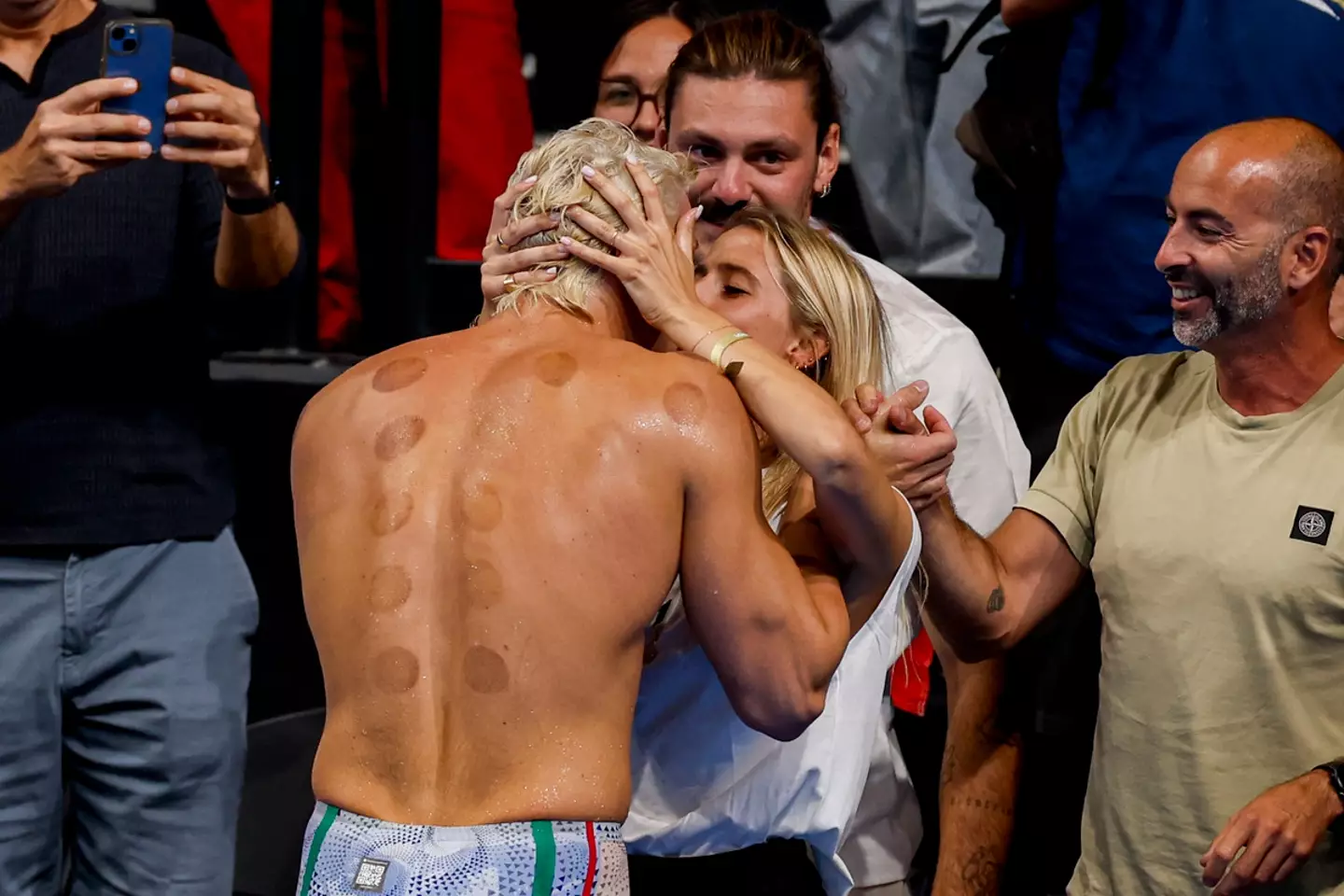
According to Harvard Health, some studies have found that cupping might provide some relief for a number of musculoskeletal and sports-related conditions. The quality of this evidence was ‘limited’, however.
Elsewhere a 2022 review found that wet (as opposed to dry cupping) was effective for lower back pain.
While the bruises people get from cupping are pretty gnarly, the therapy is generally seen as safe to practice – even if people aren’t 100 percent on how affective it is.
“Most experts agree that cupping is safe. As long as those treated don’t mind the circular discolorations (which fade over a number of days or weeks), side effects tend to be limited to the pinch experienced during skin suction,” Harvard Health explains.
“It’s quite unusual that cupping causes any serious problems (though, rarely, skin infections have been reported).”
There you have it, folks.
My Late Mom Left $5 Million Inheritance to My Greedy Brother and Aunts & I Only Got an Envelope with an Address

While my mom battled cancer, I was her caregiver, nursing her until her final days. But when she passed away, my mom split her money between my money-hungry brother and aunts. But it turns out that there was more to the story.
It turns out that inheritance, loss, and family are the ultimate recipes for drama. Let me tell you all about what happened after my mom passed away.
My mom battled with cancer for the longest time. When I look back now, it was something that had been around throughout my early life and then carried on when I enrolled at the community college close to home. Mom was always my best friend, so naturally, I was going to be there every step of the way while she battled this illness.
I just remember the days bleeding into nights when she was sick — something that was in a constant loop. But I also remember that the spoon-feeding and the hand-holding gave her as much comfort as they gave me. And then, on the other side of this story, my brother and aunts only showed up when they needed something. Usually, to have their bills paid.

Cancer patient at home. | Source: Pexels
Or, like the one aunt (while my mom was on a steady decline), she wanted mom’s “contacts” to sort out a new house for her. Because my mom owned a real estate agency. The audacity was unbelievable.
Anyway, Mom tried her hardest, but the illness took over in the end. Now, fast forward to the day of the will reading. All the relatives, the lawyer, and I were sitting in a room like something straight out of a Hallmark movie — think of wood everywhere and a chipped tea set on the scratched surface of an impossibly old coffee table.
I was sipping a cup of weak tea from one of the chipped teacups when the lawyer dropped the bomb. Mom’s savings, about all $5 million of it, was to be split between my brother and my aunts. I choked back the tea, thinking what was happening in the name of heaven. Because I got nothing. Zip. Nada.
Now, I’m sitting there, with tears streaming down my face and onto the white skirt I was wearing — mascara drops staining my clothing. And this greedy bunch did not even bother to hide their smirks.
I was baffled.

Pink and White Tea Set. | Source: Pexels
How on earth could my mom have done this to me? I thought, wiping my nose with the face of my hand. And then, as a classic overthinker, I began to wonder whether I cared enough for her during those final months.
But then, the lawyer stood up and handed me an envelope.
“Your Mom,” he said, “loved you more than anyone.”
Of course, the room gets quiet, and the greedy bunch all look hungrily at the letter. Dearest Lily, it said on the front.
I opened the letter, and an address and a key were written on a single piece of paper.
Now, I’m sitting there and thinking, What the heck, Mom?
But I decided to check it out. Maybe she wanted me to clear out a storage room or something. The lawyer decided to tag along, tight-lipped about everything. So, we got to the address, which turned out to be this hidden gem of a house. A beautiful home with even my favorite flowers planted along the walkway.

Beautiful House | Source: Pexels
Mom had left me a fully paid-for home! And it was clear that she had left her imprint on the place because there were photos of us inside. And another letter on the glass table in the entrance hall — this letter was to spill the beans.
It turns out my mom knew all about how my brother and aunts were the biggest money drains. But she wanted me to have a place to build a future and a family. To make new memories in a place that clearly has her spirit.
As for the money? Well, the letter said that she handed it to them, fully aware that they would blow through it. She wanted to teach them the value of things and focus on family ties. Which was bound to happen when the money was long gone.
But now, I’m standing in my new kitchen, drinking coffee from the coffee machine I always wanted, and I realize that mom’s love was never in the money — no. It was in this home, and I knew that this gift would be more valuable to me than anything else.
Hey, Mom? You still know the best.

Person using a coffee machine | Source: Pexels
What “mom knows best” stories do you have?
But in the meantime, here’s another story for you: When Cora hears a radio advertisement about Mothers and Daughters, she feels compelled to spend time with her husband’s daughter, Mia. But as she prepares for their bonding trip, Cora gets more than she bargained for. If Mia’s not the daughter, who is she?
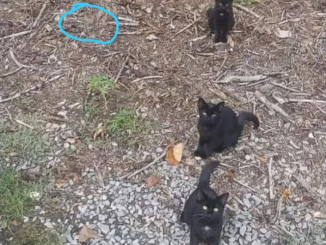

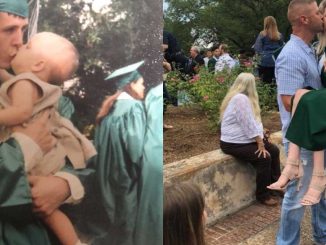
Leave a Reply